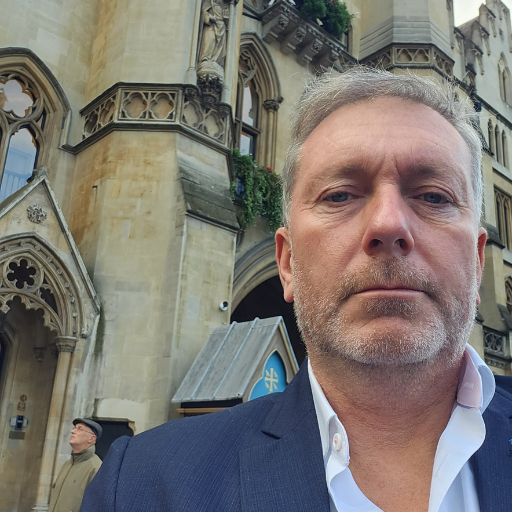
The Human Impact of Awaab’s Law: Reducing Health Risks in Social Housing
Awaab’s Law represents more than just a legal mandate—it is a crucial step in addressing the profound human impact of inadequate housing conditions. This blog delves into the stories that highlight the urgent need for reform and the positive changes the law aims to bring.
Case Studies: The Human Cost of Poor Housing
In communities across England, many residents have faced significant health challenges due to damp and mould in their homes. Case studies reveal stories of families struggling with respiratory illnesses, exacerbated asthma, and mental health issues, all linked to substandard living conditions. These real-life accounts underscore the critical need for immediate action and effective solutions.
Voices from the Frontline: Interviews and Insights
Interviews with tenants, housing advocates, and policymakers provide a deeper understanding of the urgency behind Awaab’s Law. Tenants share their experiences of battling with landlords for necessary repairs, while advocates highlight the systemic issues that perpetuate these conditions. Policymakers discuss the implementation of Awaab’s Law and the expected improvements in tenant safety and well-being.
The Benefits of Decent Housing
Ensuring decent housing extends beyond individual well-being, offering broad social, economic, and health benefits. By reducing health risks associated with poor living conditions, communities can experience lower healthcare costs and improved quality of life. Vulnerable populations, including children and the elderly, benefit significantly from environments that support their health and safety.
Calls to Action: Community Involvement and Advocacy
Addressing these challenges requires collective effort and advocacy. Community involvement is crucial in supporting residents living in substandard housing. Advocacy groups play a vital role in raising awareness, pushing for policy changes, and providing resources to those in need. Support from local organisations can empower tenants to demand their rights and ensure compliance with housing standards.
Conclusion
The human impact of Awaab’s Law is profound and far-reaching, offering hope for improved living conditions and reduced health risks in social housing. For empathy-driven readers and social justice advocates, this is a call to action—stand with those affected, amplify their voices, and support the initiatives that promise change. By working together, we can create a future where everyone has access to safe, healthy, and dignified living environments.
In this journey towards housing justice, every effort counts. Whether through advocacy, community support, or policy engagement, the goal is clear: to transform lives by ensuring that every home is a place of safety and comfort.
